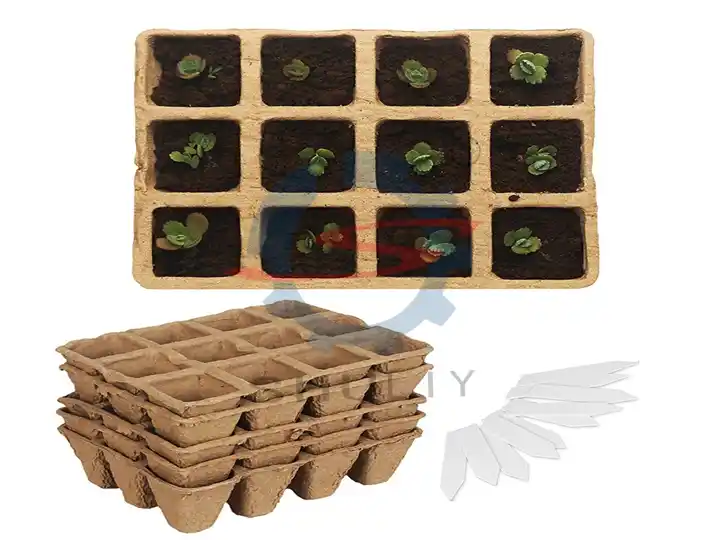How to Choose the Right Pulping machine for Paper Mill Residue?
Pulping machines are mainly used to turn waste paper, cardboard, or other fiber-rich materials into uniform pulp. In paper mills, a large amount of waste paper and residue is produced during production. If not handled properly, it takes up space and may cause pollution. These residues can also be recycled. With the right pulping equipment, they can be efficiently turned into valuable products such as egg trays, pulp packaging, or molded trays.

Why Use Paper Mill Residue?
- Lower Costs – Recycling waste paper reduces production expenses.
- Protect the Environment – Less landfill and pollution.
- Versatile Uses – Can make egg trays, coffee cup trays, wine trays, fruit trays, corn seedling trays, and more.
Recommended Pulping Machine Models
The choice of pulping machine depends on daily capacity and residue type. For example, for 10 tons of residue per day:
| Size | Power | Suitable Molding Machine | Daily Capacity (for 10 tons/day) |
|---|---|---|---|
| 2.5 m³ | 11 kW | SL-3×1, SL- 4×4 | Medium output, can process 10 tons/day in batches |
| 4 m³ | 18.5 kW | SL- 4×8 | Efficient continuous processing of 10 tons/day |
| 5 m³ | 22 kW | SL- 5×8 | Large production line, stable 10 tons/day processing |
- For small factories or trial production, a 1.2 m³ (7.5 kW) small model is suitable.
- For very large production lines, 6–8 m³ models are better.
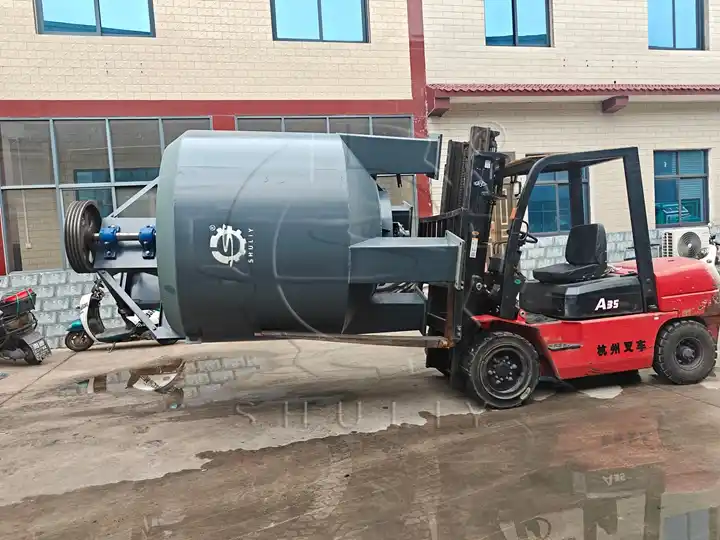
How Does a Pulping Machine Work?
Feeding
Put waste paper or residue into the pulper.
Soaking & Softening
Mix with water so fibers swell and soften.
Pulping & Stirring
High-speed impellers break fibers into uniform pulp.
Removing Impurities
Flow plates hit the pulp to distribute fibers evenly and remove large debris.
Adjusting Pulp Consistency
Set the pulp concentration according to molding needs (usually 6–8%).
Pulp Outflow
Send the pulp to the molding machine to make egg trays or other molded products.
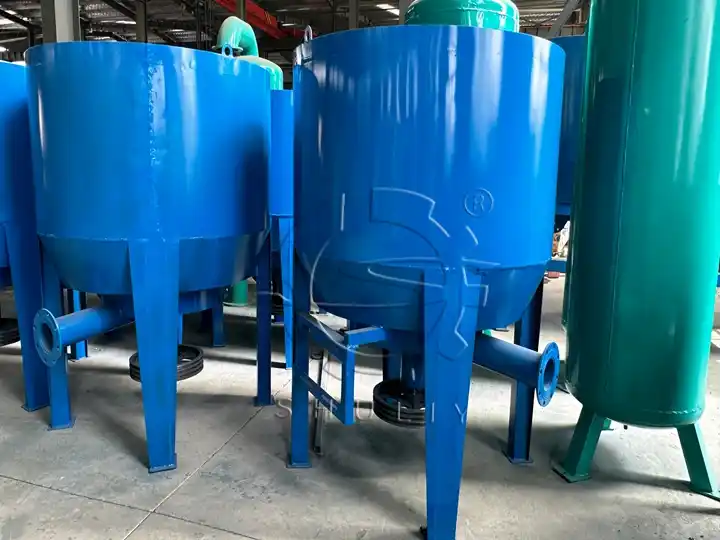
Precautions
- Residue has less fiber, so it’s best to add some waste paper for easier molding.
- Remove metal, plastic, stones, and other hard impurities to protect the pulper and molds.
- Try to remove coated paper or plastic film layers to reduce pulping difficulty.
- During pulping, use screens and flow plates to remove large debris and ensure product quality.
- When using residue pulp, pay attention to the egg tray’s strength, toughness, and color. Add some virgin pulp or pigments if needed.
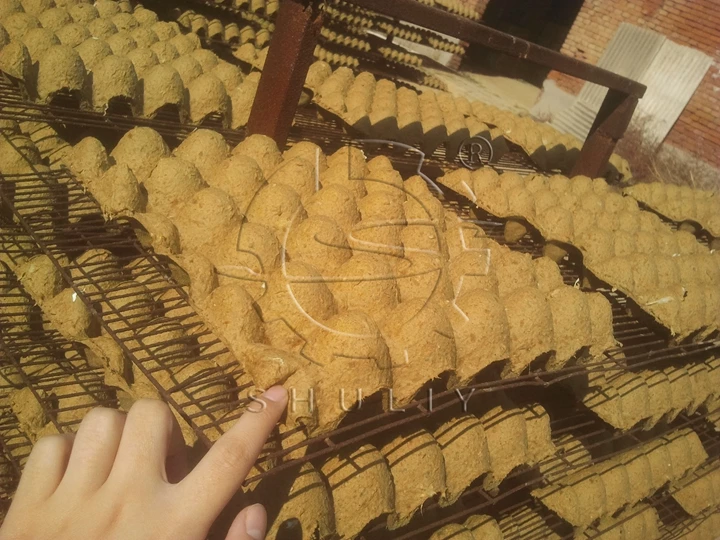
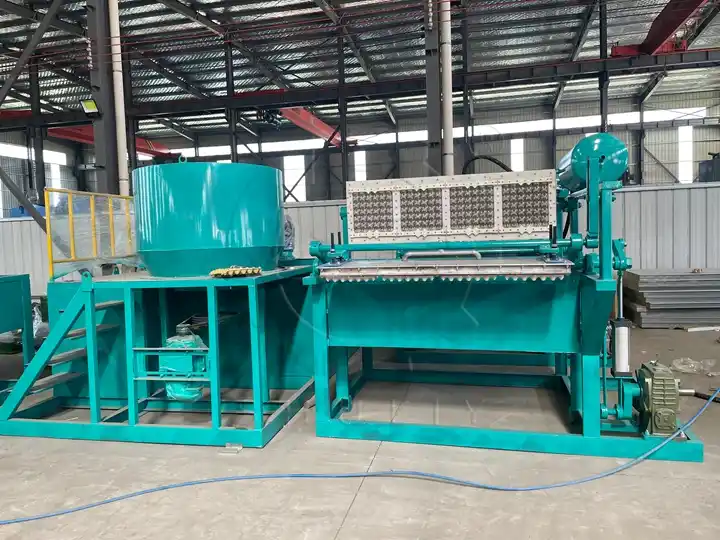
Recommended Pulp & Paper-Plastic Trays
Fruit Tray – Protects fruits from shock and pressure; eco-friendly and breathable.

Coffee Cup Tray – Lightweight and sturdy, ideal for takeout drinks.
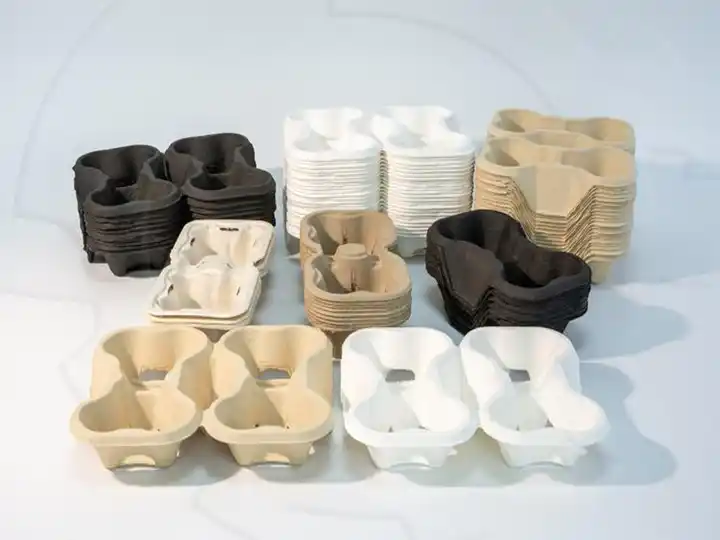
Shoe Tray – Prevents deformation during transport and enhances packaging quality.

Industrial Packaging Tray – Suitable for electronics, appliances, and other industrial goods; strong and protective.
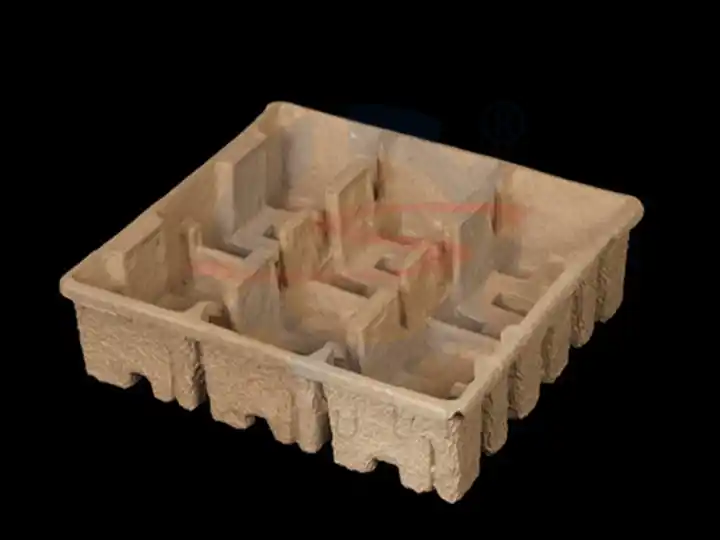
Seedling Tray – For crops or flowers; biodegradable, eco-friendly, and allows roots to breathe.
